How Washing Machine Works: Thorough Explanation Of Mechanism Behind Front Load And Top Load Washers
Aadhya Khatri - Jul 08, 2020

Washing clothes by hand is labor-intensive and most of us nowadays cannot live without a washer. But have you ever wondered how washing machine works?
Washing clothes by hand is labor-intensive and most of us nowadays cannot live without a washer. But have you ever wondered how washing machine works?
While washers look simple on the outside, they actually pull some very clever tricks to clean dirt from your clothes. Here we will tell you the mechanism behind a washing machine as well as how a top load and a front load washer works.
How A Washing Machine Works
A washing machine agitates clothes in soapy water to remove stain and dirt and then spin the clothes to dry them. The main, and arguably the most visible part of the machine is the drum, which is filled with water, but there are actually two drums, not one.
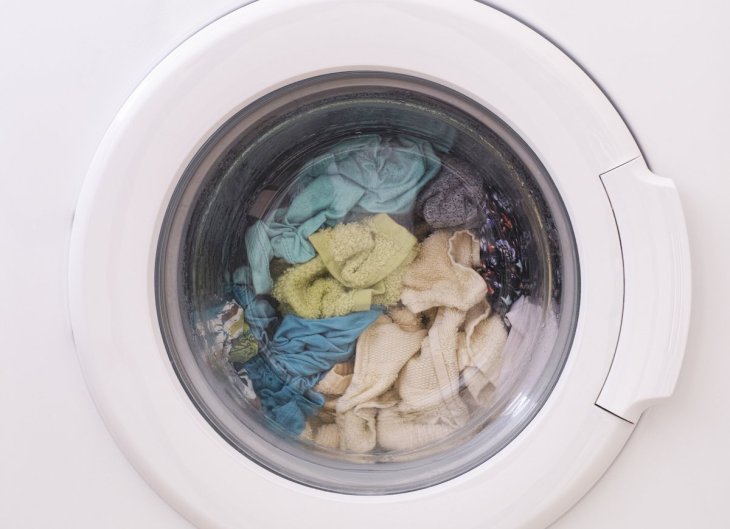
What you put your clothes inside is the inner drum, which can rotate and has lots of holes to let water in. The ridges on the edge of the drum are called the paddles and they work to move clothes around.
The agitator is often found in the middle of a top loader and it turns clothes around.
There is an outer drum that is not always visible when you look inside the machine and what it does is to hold water when the agitator and the inner drum rotates. The outer drum must be completely watertight otherwise water will leak everywhere.
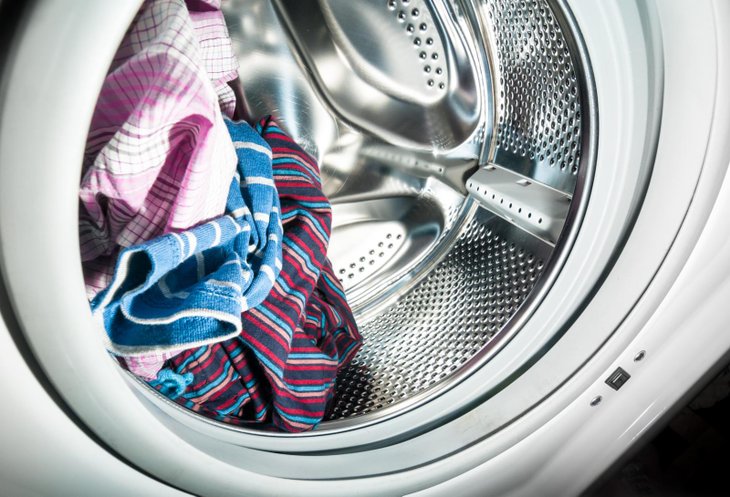
So those are the basics of how washing machine works, now let’s move on to the two main types of washing machines.
How Does A Front Load Washing Machine Works?
Here are the shared parts of a top loader and a front load washer, the stainless steel drum, the motor, the drain pump, the rotational spinning.

A front load washing machine fills the bottom of the drum with water and then moves the clothes through the water by making use of gravity and rotation.
Clothes are lifted and moved in and out of the water by the side paddles, creating scrubbing actions needed to remove dirt and stain from clothes.
When thinking about how washing machine works, you may assume clothes must be surrounded by water at all time but actually, in the case of a front loader, that is not always the case.
This mechanism means you need less water to operate front load washers than you do with top loaders. And when there is less water, less detergent is used, reducing the chance of residue on your clothes.
How Does A Top Load Washing Machine Work?
When considering water-saving ability, a front loader might have an edge other its top loader counterpart but the latter has its own advantages to stand out.
While washing machines’ prices vary according to their number of programs as well as build and brands, there are two main types of front load washing machines available on the market:
Standard top loaders feature an agitator with propeller-like paddles, which moves clothes from the top to the bottom of the inner drum. This kind of agitation repeats during the length of the wash cycle to clean clothes by forcing soapy water through the fabric.
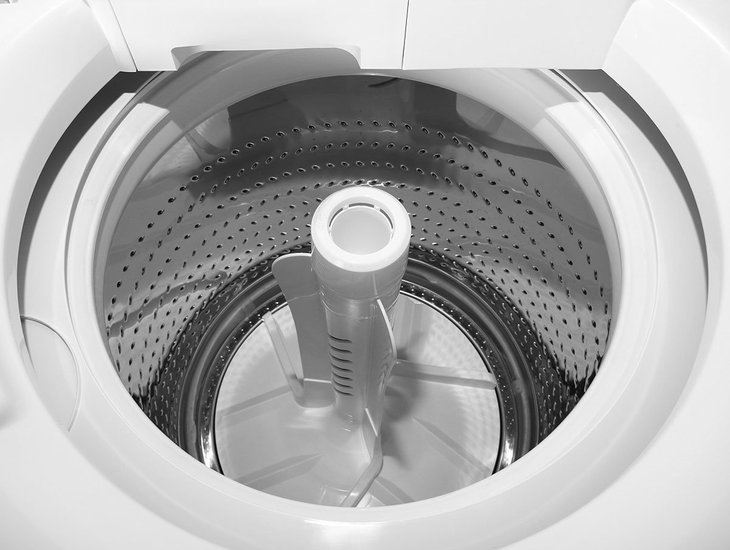
The next part of our article explaining how washing machine works will look at the mechanism behind a high-efficiency top loader. These machines have drums rotating around a horizontal axis, much like their front loader counterpart but without a side door.
They use half the standard amount of water to operate other washing machines and have a lid on top. The most obvious advantage of this machine is that it has no folding rubber bellows seal, which can become moist and cause a bad smell.
The top load design also has two symmetrical bearings, which can reduce wear and tear better than machines with one bearing on one side.
While they may come at different varieties, most top loaders feature these two components, a mechanical system, and the control system.
The control system is made up of a timer, a water temperature selector, control boards, locking switch, and pressure switch.
The mechanical system consists of a transmission, outer and inner washtub, suspension system, clutch, motor, pumps, agitator, water valve, and a motor coupling.
Here is how the washing machine works for both types. After users pick the water temperature, type of cycle, and load size, the machine will fill the outer tub with water and make clothes floating in the basket.
The agitator now rotates to create friction between the fabrics and the water to remove soil. If what you have are high-efficiency top load washers, there is no need much water to cover the clothes, it requires around 60% and uses the agitator at the bottom to draw clothes into the water.
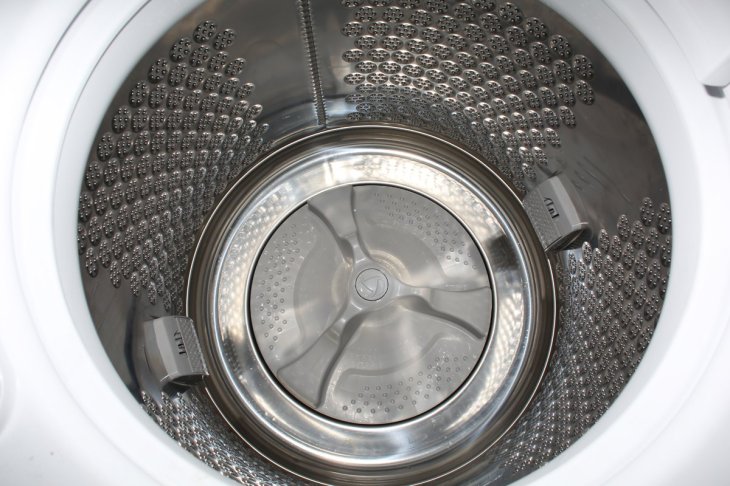
Now when we have had a clearer idea of how washing machine works, let’s see what advantages a top loader has over a front loader.
A top load washing machine helps bleach, detergents, and fabric softener to work through centrifugal force and gravity. The design also makes it easier to pump water in and draw it out.
The vertical design also prevents top loaders from trapping water inside, reducing the chance of growing mold.
>>> What Is Kg In Washing Machine? How To Pick The Right Capacity For Your Washer
Featured Stories

Gadgets - Jul 21, 2025
COLORFUL Launches iGame Shadow II DDR5 Memory for AMD Ryzen 9000 Series
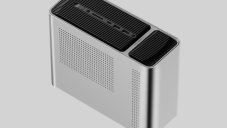
Gadgets - Jun 23, 2025
COLORFUL SMART 900 AI Mini PC: Compact Power for Content Creation

Review - Jun 18, 2025
Nintendo Switch 2 Review: A Triumphant Evolution Worth the Wait

Gadgets - Jun 18, 2025
Starlink: Why It’s a Big Deal for U.S. Internet in 2025

Gadgets - Jun 17, 2025
How Custom PC Setups Support India's Esports Athletes in Global Competition

Gadgets - Jun 12, 2025
Lava Prowatch Xtreme Launches with Google Fit Integration

Gadgets - Jun 07, 2025
Fujifilm Instax Mini 41 Launches in India: Stylish Instant Camera Now Available...

Mobile - Jun 07, 2025
Realme C73 5G Launches in India: Budget 5G Phone Starts at ₹10,499

Gadgets - Jun 07, 2025
OnePlus 13s Makes Indian Debut: Compact Flagship Brings Premium Features at...

Gadgets - Jun 07, 2025
Comments
Sort by Newest | Popular